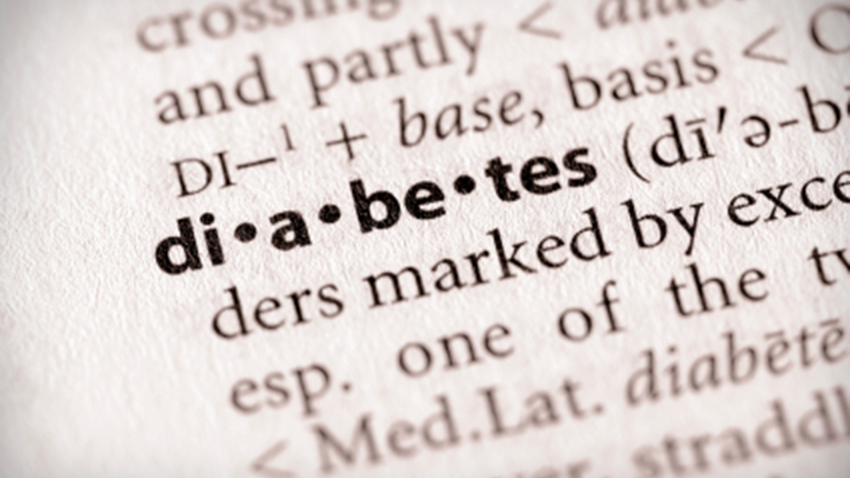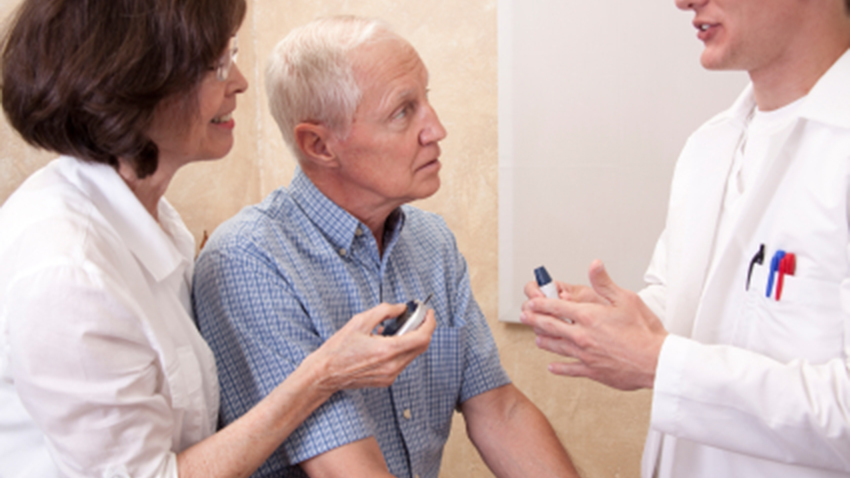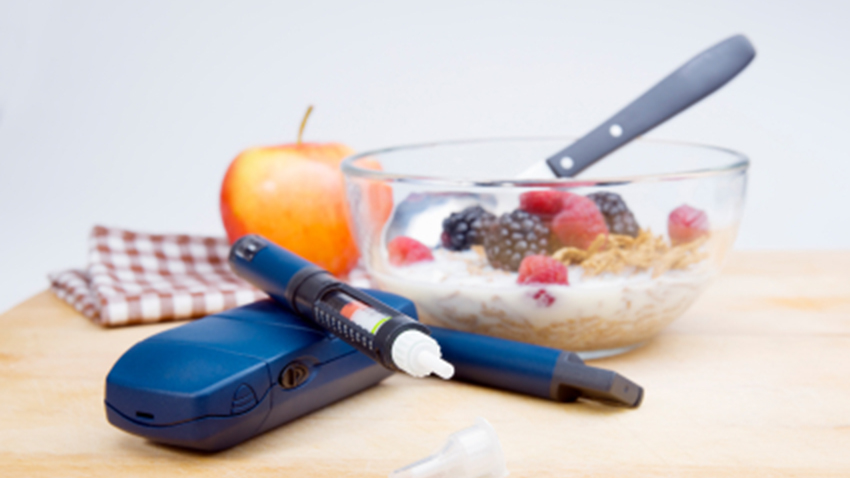Diabetes Mellitus Type 1

Knowledge is Power.
True/False - Quiz: Do You Understand Type 1 Diabetes?
Information - Type 1 Diabetes
 There are two main types of diabetes: type 1 and type 2 diabetes. If you have type 1 diabetes, your body doesn’t produce insulin. Insulin is secreted by the pancreas when food is absorbed, so as food accumulates in the blood in someone with type 1 diabetes, sugar levels get too high.
There are two main types of diabetes: type 1 and type 2 diabetes. If you have type 1 diabetes, your body doesn’t produce insulin. Insulin is secreted by the pancreas when food is absorbed, so as food accumulates in the blood in someone with type 1 diabetes, sugar levels get too high.
Type 1 Diabetes Symptoms
Often, when people are diagnosed with type 1 diabetes, they have lost weight, as much of the food they eat ends up in urine, not in their cells. Other type 1 diabetes symptoms include:
• Frequent urination
• Increased thirst
• Fatigue
• Blurred vision
 If you’ve been diagnosed with type 1 diabetes, you’ll work closely with your healthcare team to manage the disease and prevent complications. Your primary care provider may refer you to an endocrinologist, a doctor who is specially trained in conditions affected the glands and hormones. During visits with your primary care provider or endocrinologist, he or she will perform an A1C test to measure the glucose (blood sugar) in your blood by checking hemoglobin. Your physician may also take blood or urine samples to assess kidney, liver and thyroid function.
If you’ve been diagnosed with type 1 diabetes, you’ll work closely with your healthcare team to manage the disease and prevent complications. Your primary care provider may refer you to an endocrinologist, a doctor who is specially trained in conditions affected the glands and hormones. During visits with your primary care provider or endocrinologist, he or she will perform an A1C test to measure the glucose (blood sugar) in your blood by checking hemoglobin. Your physician may also take blood or urine samples to assess kidney, liver and thyroid function.
Type 1 Diabetes Treatment
Type 1 diabetes treatment includes lifelong insulin therapy, diet and exercise changes and blood glucose monitoring. Blood glucose monitoring is a way of testing the concentration of glucose in the blood (glycemia). You can determine if you have low blood sugar (hypoglycemia) by using a blood glucose meter or a newer method called flash glucose monitoring. Hypoglycemia is defined as blood sugar below 70 milligrams per deciliter (mg/dL), or 3.9 millimoles per liter (mmol/L).
 Traditionally, you prick your finger, put a drop of blood on a test strip, and insert it into a blood glucose meter. The glucose in your blood reacts with the chemicals in the strip. There have been new advances in continuous glucose monitoring. Some people use a sensor inserted under the skin, called a continuous glucose monitor (CGM), to check blood sugar levels. It tests your blood sugar about every five minutes for 24 hours, and you can typically wear it for four to six days. Others use flash glucose monitoring. Flash glucose monitoring technology allows patients to get a blood glucose reading without sticking their finger. It consists of a touchscreen reader device that displays data and trend info and a sensor patch that you wear on the upper arm. It’s essential to see your healthcare team regularly, especially as type 1 diabetes complications can lead to serious problems with your heart, nerves, eyes, kidneys and blood vessels.
Traditionally, you prick your finger, put a drop of blood on a test strip, and insert it into a blood glucose meter. The glucose in your blood reacts with the chemicals in the strip. There have been new advances in continuous glucose monitoring. Some people use a sensor inserted under the skin, called a continuous glucose monitor (CGM), to check blood sugar levels. It tests your blood sugar about every five minutes for 24 hours, and you can typically wear it for four to six days. Others use flash glucose monitoring. Flash glucose monitoring technology allows patients to get a blood glucose reading without sticking their finger. It consists of a touchscreen reader device that displays data and trend info and a sensor patch that you wear on the upper arm. It’s essential to see your healthcare team regularly, especially as type 1 diabetes complications can lead to serious problems with your heart, nerves, eyes, kidneys and blood vessels.
Talk to your endocrinologist if you'd like more information on type 1 diabetes.
Visit HealthChoicesFirst.com for more videos and resources on diabetes.
Print this Action Plan and check off items that you want to discuss with your healthcare provider
-
Type 1 diabetes symptoms include frequent urination, increased thirst, fatigue and blurred vision.
-
During visits with your primary care provider or endocrinologist, he or she will perform an A1C test to measure the glucose (blood sugar) in your blood by checking hemoglobin. Your physician may also take blood or urine samples to assess kidney, liver and thyroid function.
-
Type 1 diabetes treatment includes lifelong insulin therapy, diet and exercise changes and blood glucose monitoring.
-
There have been new advances in continuous glucose monitoring. Some people use a sensor inserted under the skin called a continuous glucose monitor (CGM), while others use flash glucose monitoring to get a blood glucose reading without sticking their finger.
-
It’s essential to see your healthcare team regularly, especially as type 1 diabetes complications can lead to serious problems with your heart, nerves, eyes, kidneys and blood vessels.



